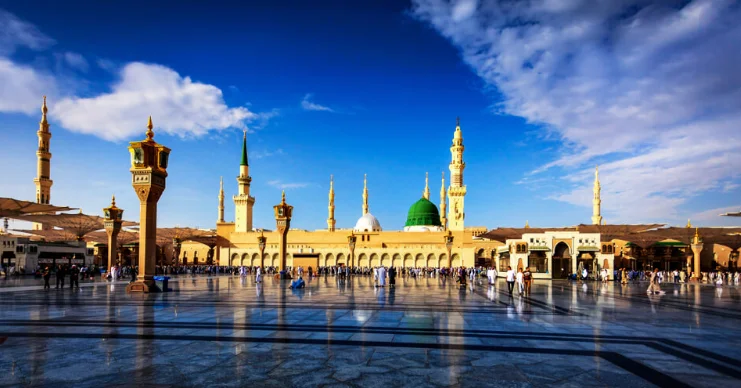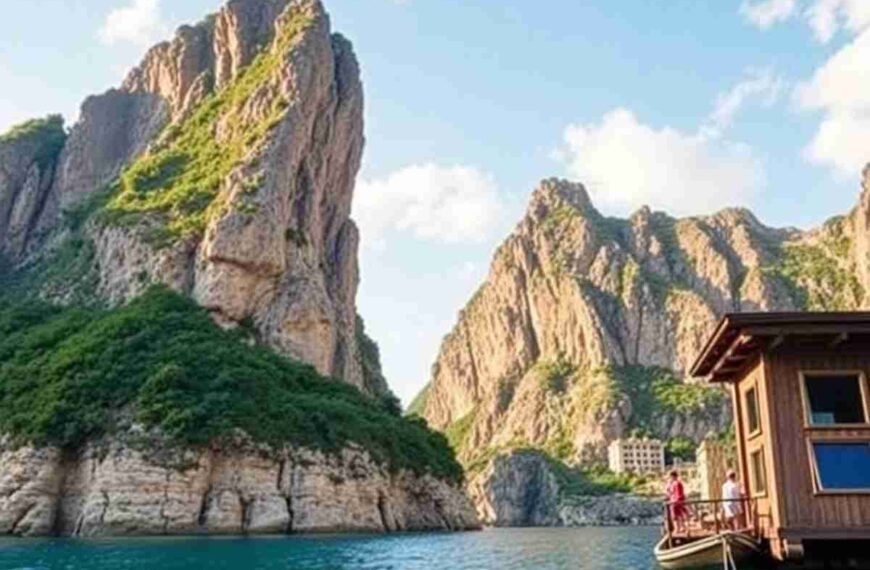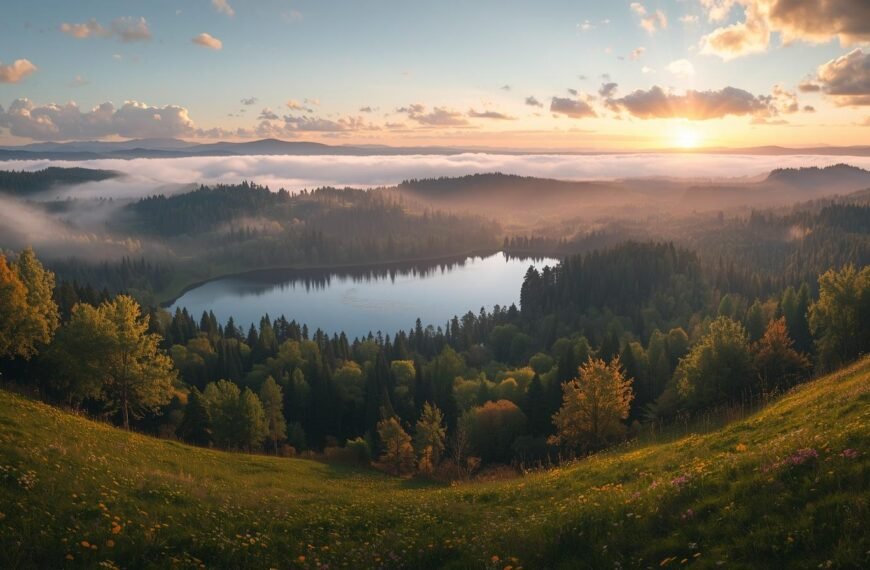When winter sends its first snowflakes and the desire for snow-covered peaks grows, one name stands out: St. Anton am Arlberg. Few destinations combine sporting challenges, excellent service, and authenticity as seamlessly as this Tyrolean jewel. Located in the heart of the Alps, St. Anton promises a winter holiday that unites tradition with innovation and fascinates travelers from all over the world year after year.
Winter Sports and Freeride Adventures in St. Anton
What makes St. Anton irresistible for skiers and snowboarders? First, the impressive Arlberg ski area offers more than 300 kilometers of slopes, making it one of the largest and most diverse ski regions in Europe. For many, standing for the first time at the famous Galzig and gazing across the untouched powder is pure magic. Beginners and seasoned professionals alike find their challenges here: perfectly groomed slopes of all levels, expansive carving runs, snow parks, and countless off-piste options. Freeriders in particular value the Valluga north face and Rendl, both of which promise adrenaline and the liberating feeling of untouched terrain.
When fresh snow falls overnight, St. Anton quickly transforms into a powder paradise. Experienced guides lead groups to the most breathtaking spots, tailoring routes to current avalanche conditions. State-of-the-art safety equipment, avalanche rescue training, and clear signage add extra layers of security. Beyond alpine skiing, the region also offers ski touring, cross-country skiing, and winter hiking. Scenic trails and panoramic high-altitude tracks ensure unforgettable experiences for those who seek more than fast downhill runs.
On-Site Services: Rentals, Accommodation, and Cuisine
Convenience begins the moment you arrive in St. Anton. Transport is seamless, ski buses run frequently, and modern gondolas shorten the ride to the slopes. Equipment is no issue either: reliable options such as ski hire St. Anton am Arlberg give visitors access to everything from beginner-friendly gear to professional high-end skis. Providers like Alpy.com ensure travelers have the latest models, precise fitting, and tailored services, without the hassle of bringing their own. Ski workshops and courses are readily available, making sure every guest, from novice to expert, feels supported.
Accommodation in St. Anton ranges from luxurious design hotels to charming alpine lodges. Many properties offer ski-in/ski-out convenience, spa facilities with mountain views, or private shuttles. After an active day on the slopes, village life invites you to enjoy Tyrolean hospitality. Culinary highlights are essential here, spanning from trendy mountain huts serving contemporary dishes to traditional inns offering classics like Käsespätzle or Tiroler Gröstl. Innovative cuisine, regional ingredients, and refined wine lists continue to set new standards in alpine dining.
Advance Booking for a Stress-Free Start
Many visitors choose to book their equipment online in advance, which guarantees availability even during peak season and makes the pick-up process on site fast and stress-free. Instead of spending time searching for gear or waiting in queues, skiers simply collect their reserved equipment, have it fitted, and head straight to the slopes. Advance booking often comes with additional benefits such as free cancellation, group discounts, and lower prices compared to arranging hires directly in the shop.
Authentic Alpine Culture and Sustainable Tourism
St. Anton’s reputation extends beyond skiing. The village celebrates alpine culture through traditions such as Krampus parades, festive Christmas markets, and local seasonal events that make visitors feel part of the community. Museums and guided tours reveal the region’s deep connection to skiing history, from early wooden skis of the 19th century to internationally renowned competitions. Handcraft markets, music evenings, and the open, welcoming spirit of locals turn St. Anton into a cultural as well as sporting destination.
At the same time, sustainability has become a guiding principle. Energy-efficient lifts, eco-friendly transport initiatives, and resource-conscious hospitality define the modern St. Anton. Guests benefit from well-developed public transport, digital guest cards, and transparent regional supply chains. Here, environmental responsibility complements rather than compromises comfort, offering travelers both authenticity and future-oriented tourism.
Conclusion
St. Anton remains one of the most compelling winter destinations in the Alps. Its blend of demanding slopes, world-class services, authentic Tyrolean culture, and sustainable development creates a unique alpine experience. For travelers seeking more than just a ski trip, St. Anton delivers lasting impressions and a perfect balance between tradition and innovation.









